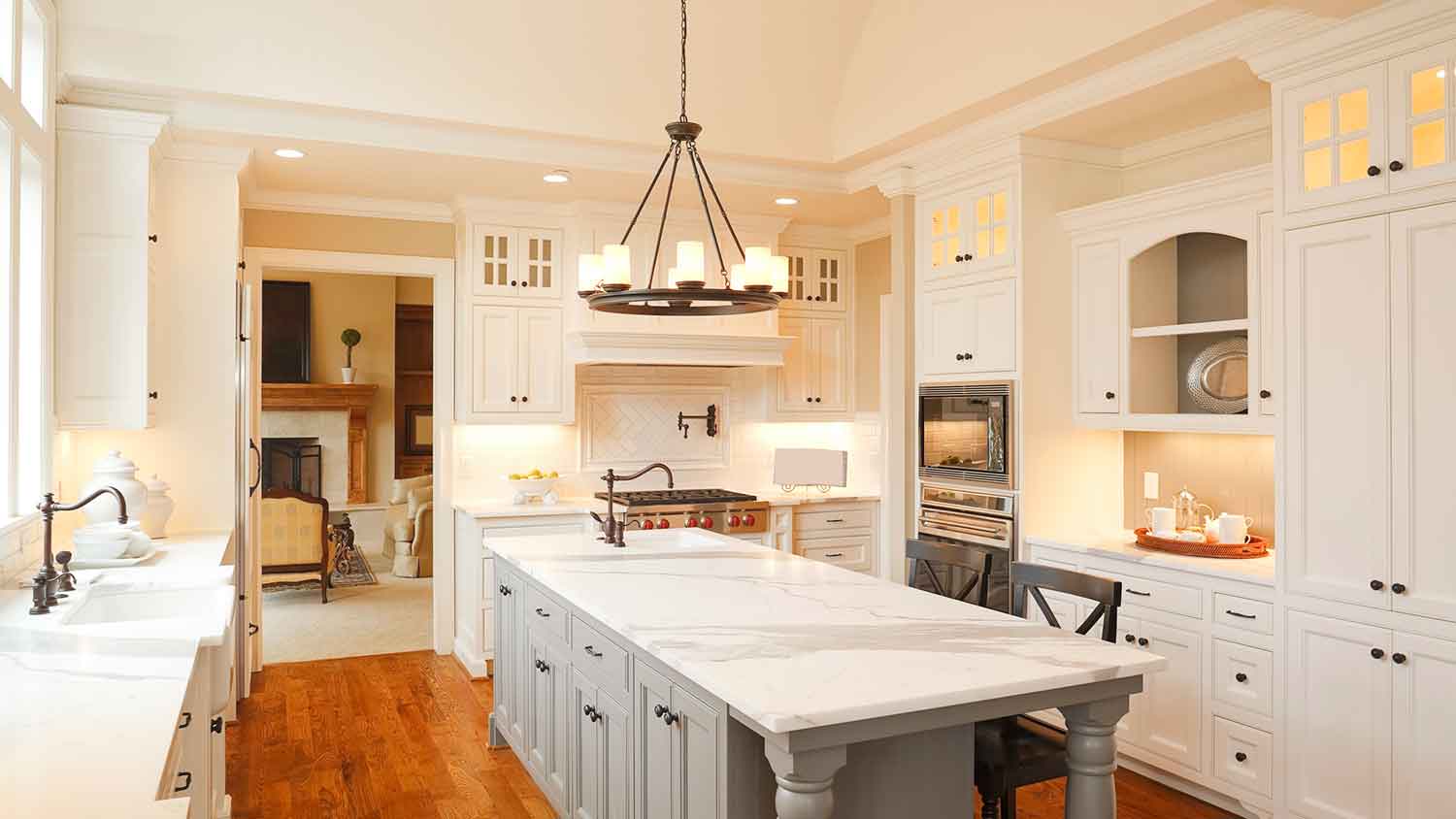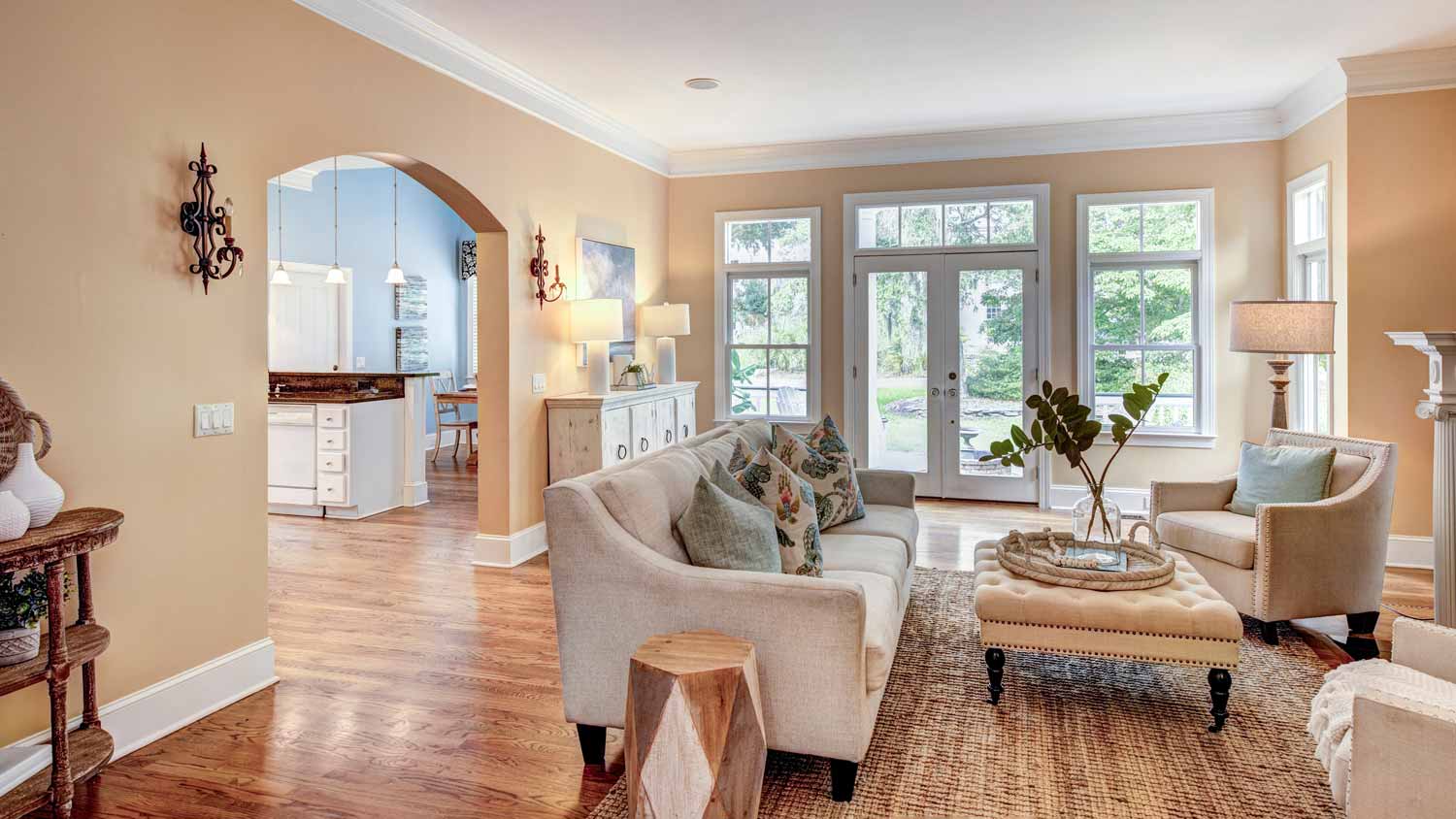
Find out how much carpenters charge, including average rates, cost factors, and tips to help you budget for your next carpentry project.
Practice those DIY skills and make a floating shelf out of a pallet this weekend


A floating shelf is an attractive yet functional way to display books, home decor, and your succulent collection. And while there are many ready-made shelves available for purchase, you can easily make one of your own out of a pallet for some rustic vibes.
Separate the planks from the pallet using a hammer and chisel to loosen and remove the nails. Be gentle when taking the pallet apart, as the planks can splinter and crack.
You will need four planks for the shelf. Depending on the thickness of the planks, you might choose four planks of all the same width, or you can choose two wide and two narrow planks. In this case, the wider planks will serve as the top and bottom of the floating shelf while the narrow pieces will form the front and back.
Using a miter saw (or a hand saw with a miter box), cut the planks to the desired length of your shelf. Reserve the remaining pieces to be cut and used as the two end caps.

Put one of the wide planks on a workbench or flat surface. Apply a bead of construction glue to the edges of the two narrow planks and attach them to the top edges of the wide plank so that they form a U.
Repeat this on the other edges of the narrow pallets, then place the second wider plank on top. You will now have a hollow square.
Use the clamps to keep the wood together and the sides flush as the glue dries. Wipe away any glue that has oozed out from the edges.
Use a hammer and finishing nails to secure the edges of the shelf. Put one nail in each corner to attach the edges, then one every couple of inches or so along the length of the board, depending on how long the shelf is.
Use the saw to even off the open sides of the shelf, as you need them to be flat so you can attach the end caps. Measure the edge of the shelf and cut the remaining wood to cover the ends. Apply glue to the edges of the shelf and place the end caps. Sand or trim as needed to make them flush, then secure with one nail in each of the four corners on both sides.

Use a wood filler to cover up any visible holes that were left by the original nails in the pallet. If you prefer a more rustic look for your floating shelf, you can leave them unfilled.
Once the filler and glue are dry, sand the shelf for painting or staining. You will likely need at least two coats of whatever color paint or stain you choose, but you can leave this to your own design preferences. Stain or paint the shelf and let it dry completely.
Once the shelf is dry, secure the two sawtooth hangers to the back of the shelf, one at each side. If you built a longer shelf, you might want to have a third hanger in the middle of the shelf to secure it more safely. Insert the screws into the wall at the height you wish, then hang your shelf. Finally, add small decor to the shelf. You’re done!
This is an easy DIY project, but you might want to skip the risk of splinters entirely and hire someone to do it. If you do, expect to pay anywhere between $35 and $150 per hour to hire a local carpenter. Because you are working with reclaimed wood that was likely free, though, you might want to give this job a go yourself before you hire someone to do it for you.
Once you create and install this easy-to-make floating pallet shelf, you’ll have the confidence to take on more extensive DIY projects at home.
From average costs to expert advice, get all the answers you need to get your job done.

Find out how much carpenters charge, including average rates, cost factors, and tips to help you budget for your next carpentry project.

Whether you need to heat your home for the winter or simply enjoy lighting a fire occasionally, it's helpful to know the cost of a cord of wood in your area.

The cost to install wainscoting depends on labor, materials, and square footage. This guide will help you budget for your next project.

Crown molding provides a timeless style to your space. Learn how to install crown molding on your cabinets to give your home a simple but impactful upgrade.

Learning how to cut baseboards for perfect corners in a DIY project requires precise measurements of the wall angles and a little math.

Need crown molding installed? Learn who to hire, what it costs, and why a trim or finish carpenter is the best choice for a polished, professional look.